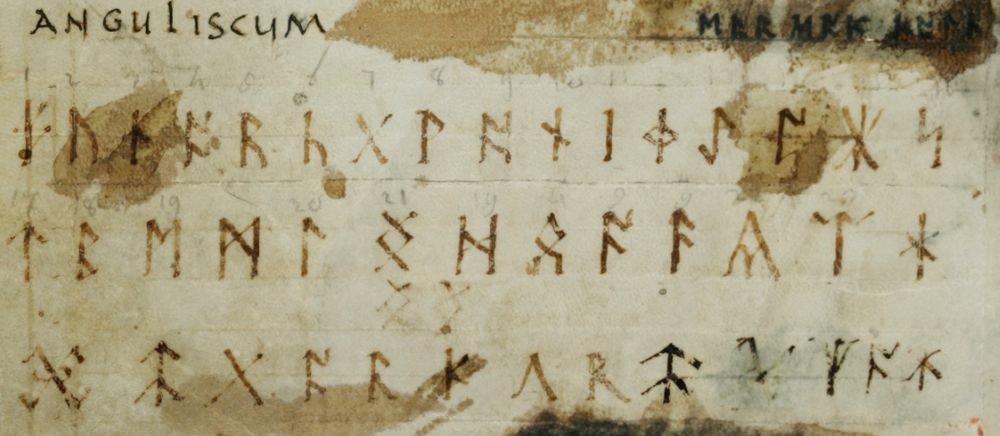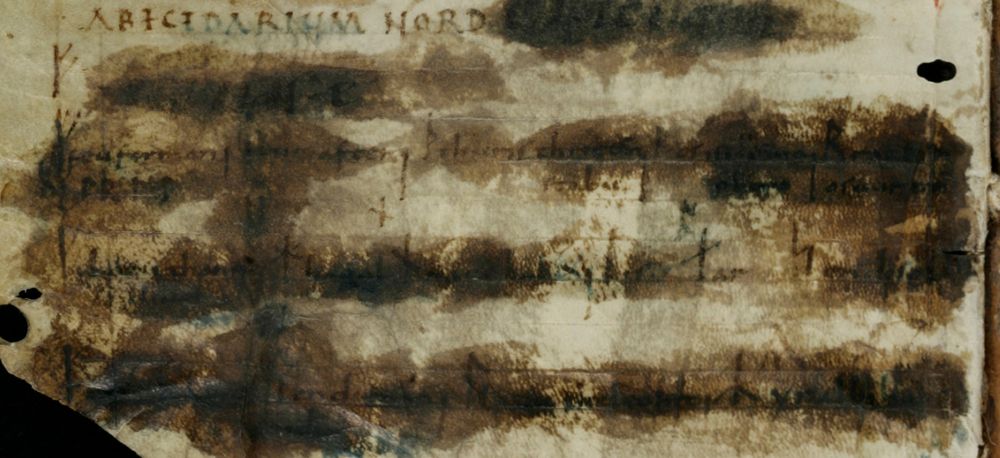
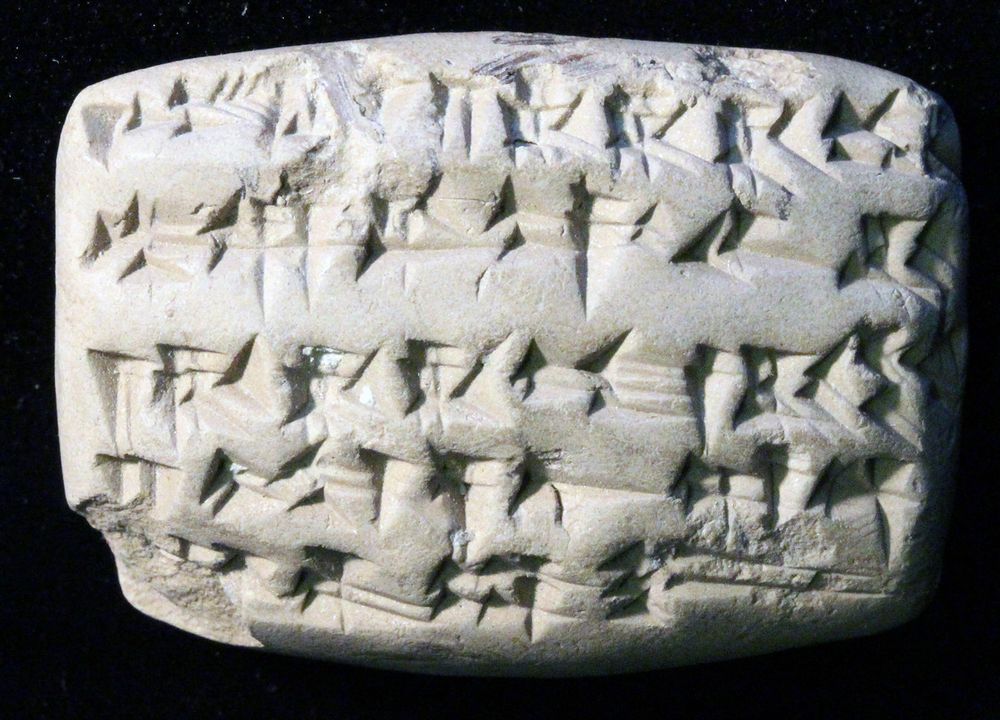

![Hand-drawn copy of tablet A 405 with several lines of cuneiform text. This tablet contains commentary regarding the Maqlû.
4ʹ [a]l‑⸢si‑ku‑nu‑ši dingir.meš mu‑ši‑tú⸣ dingir.meš mu‑ši‑tú mu[l].me[š] dingir.meš gal.meš ka‑a‑a‑ma‑nu‑ti i‑qab‑bi
5ʹ [šá]‑niš ana mul.mul mul.gu₄.an.na mul.sip.zi.an.na i‑qab‑bi
6ʹ [š]al‑⸢šiš⸣ ana mul.meš ka‑a‑a‑ma‑nu‑ti i‑qab‑bi
7ʹ ⸢ki⸣‑ku‑nu al‑si mu‑ši‑tú kal‑la‑tú kut‑tùm‑tú
8ʹ kal‑la‑tú kut‑tùm‑tú d.gu‑la
9ʹ šá mám‑ma la ú‑ṣab‑bu‑ši mu du.tu.šú.a qa‑bi](https://cdn.bsky.app/img/feed_thumbnail/plain/did:plc:2u3k5i7jhw4vcideaptznum6/bafkreic47onuusp7lccyltdsydj26ypwcbyob6coql7li4b3oxgfkffg2q@jpeg)

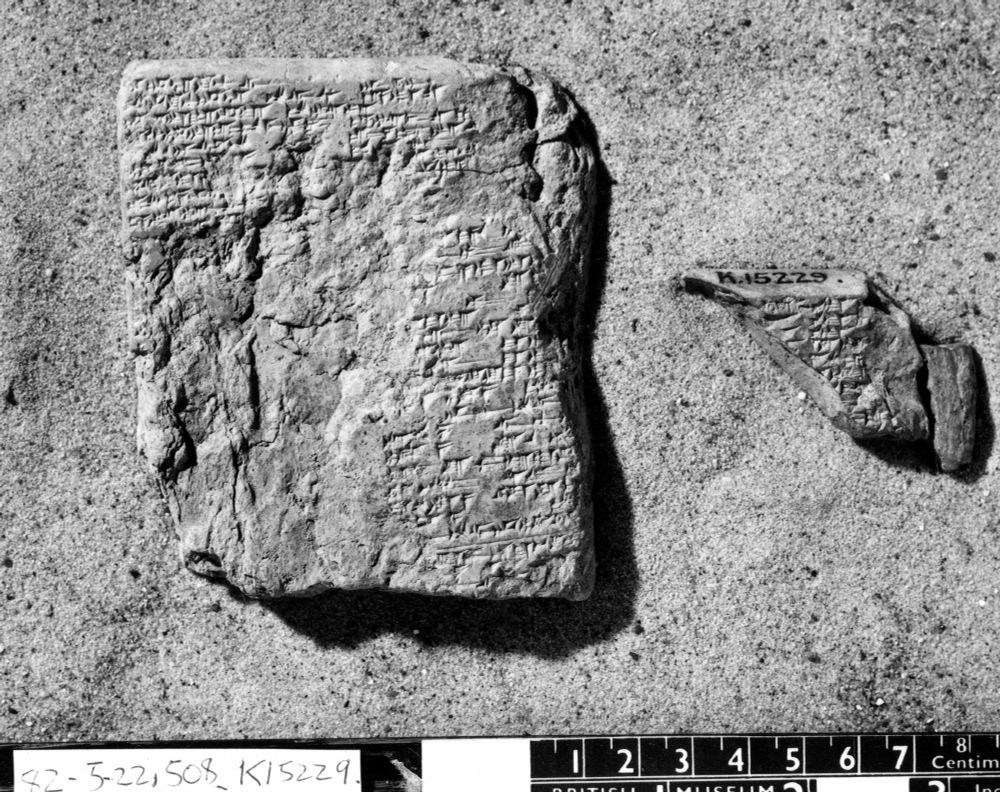
www.britishmuseum.org/collection/o...

www.britishmuseum.org/collection/o...
ši-na-aḫ=šnꜥ (unit of weight)
ši-na-aḫ-wu₄=šnꜥwj (dual of šnꜥ)
ḫa-am-tu₄ šu-nu-uḫ=ḫmtw šnꜥw (three šnꜥ)
…
na-ab-na-su=nꜣ bnšw (the doorposts)
DU-as-bu=tꜣ jsbt (the chair)
pa-ḫa-tu₄=pꜣ ḥꜥtj (the bed)

ši-na-aḫ=šnꜥ (unit of weight)
ši-na-aḫ-wu₄=šnꜥwj (dual of šnꜥ)
ḫa-am-tu₄ šu-nu-uḫ=ḫmtw šnꜥw (three šnꜥ)
…
na-ab-na-su=nꜣ bnšw (the doorposts)
DU-as-bu=tꜣ jsbt (the chair)
pa-ḫa-tu₄=pꜣ ḥꜥtj (the bed)
niṭluššu mala tikip dešši kippatu ul imṣi
In his eyes the circle [of the world] is no bigger than the mark of a wedge
To mean that understanding the world for Marduk is as easy as reading cuneiform marks, 'it's an open book'

niṭluššu mala tikip dešši kippatu ul imṣi
In his eyes the circle [of the world] is no bigger than the mark of a wedge
To mean that understanding the world for Marduk is as easy as reading cuneiform marks, 'it's an open book'
'birin birin miŋ bolur tama tama köl bolur'
'one by one becomes a thousand, drop by drop becomes a pond'
dergipark.org.tr/tr/download/...

'birin birin miŋ bolur tama tama köl bolur'
'one by one becomes a thousand, drop by drop becomes a pond'
dergipark.org.tr/tr/download/...
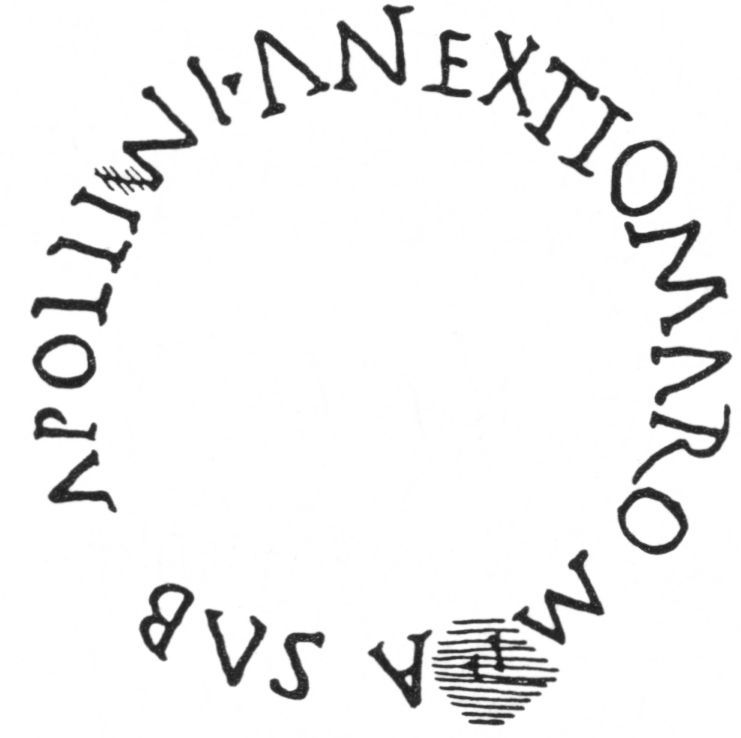

www.croatianhistory.net/etf/kurziv.h...
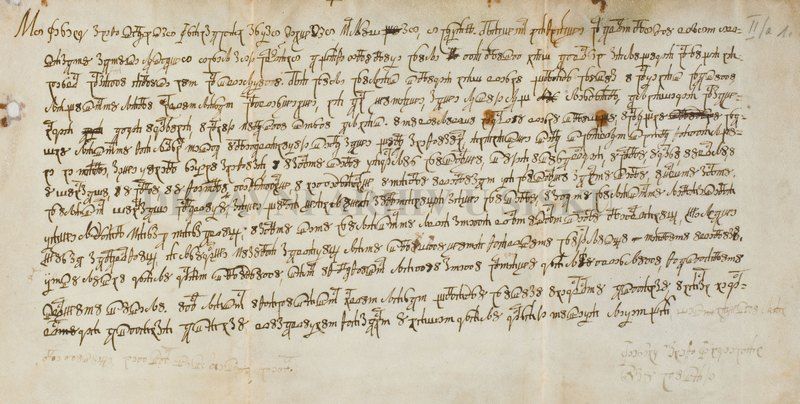
www.croatianhistory.net/etf/kurziv.h...





This chapter has a detailed discussion on the different interpretations of 'ḏt' and 'nḥḥ' as distinct aspects of time
pure.coventry.ac.uk/ws/portalfil...

This chapter has a detailed discussion on the different interpretations of 'ḏt' and 'nḥḥ' as distinct aspects of time
pure.coventry.ac.uk/ws/portalfil...

online.flipbuilder.com/mpdm/pvfy/mo...
www.metmuseum.org/exhibitions/...

online.flipbuilder.com/mpdm/pvfy/mo...
www.metmuseum.org/exhibitions/...
zh.wikipedia.org/zh-hans/%E8%...
artsandculture.google.com/asset/elepha...

zh.wikipedia.org/zh-hans/%E8%...
artsandculture.google.com/asset/elepha...
commons.wikimedia.org/wiki/File:Ti...
www.perseus.tufts.edu/hopper/text?...

commons.wikimedia.org/wiki/File:Ti...
www.perseus.tufts.edu/hopper/text?...
ama-gi₄ lagašᵏⁱ
e-ŋar
ama dumu i₃-ni-gi₄
dumu ama i₃-ni-gi₄
[Entemena brought] freedom to Lagash
he placed
child back with mother
and mother back with child
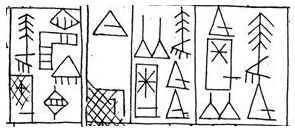
ama-gi₄ lagašᵏⁱ
e-ŋar
ama dumu i₃-ni-gi₄
dumu ama i₃-ni-gi₄
[Entemena brought] freedom to Lagash
he placed
child back with mother
and mother back with child
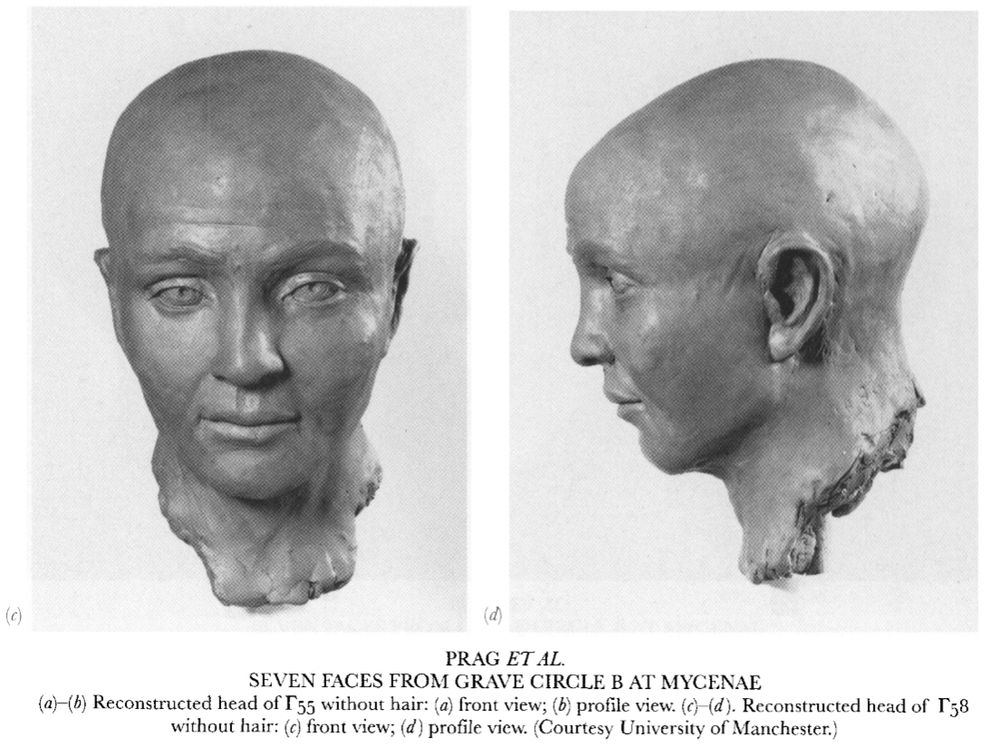
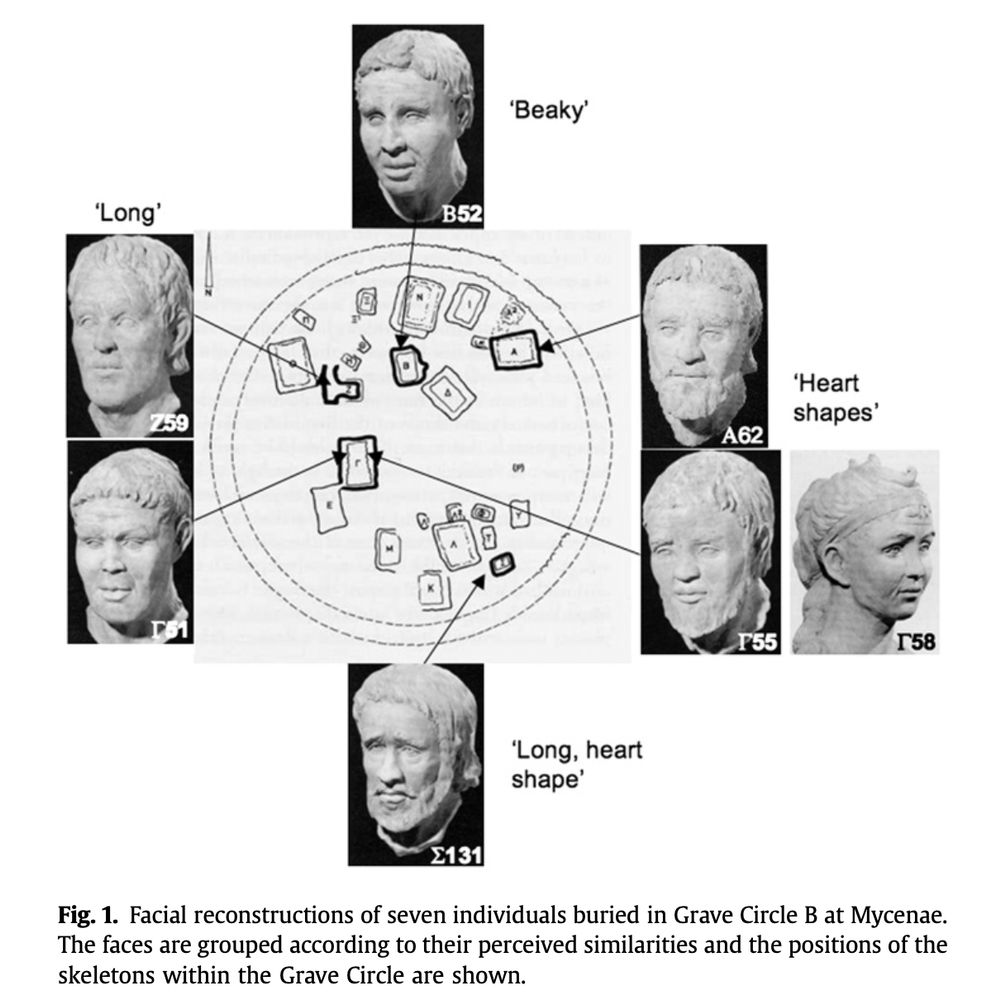

www.e-codices.unifr.ch/en/list/one/...

www.e-codices.unifr.ch/en/list/one/...


